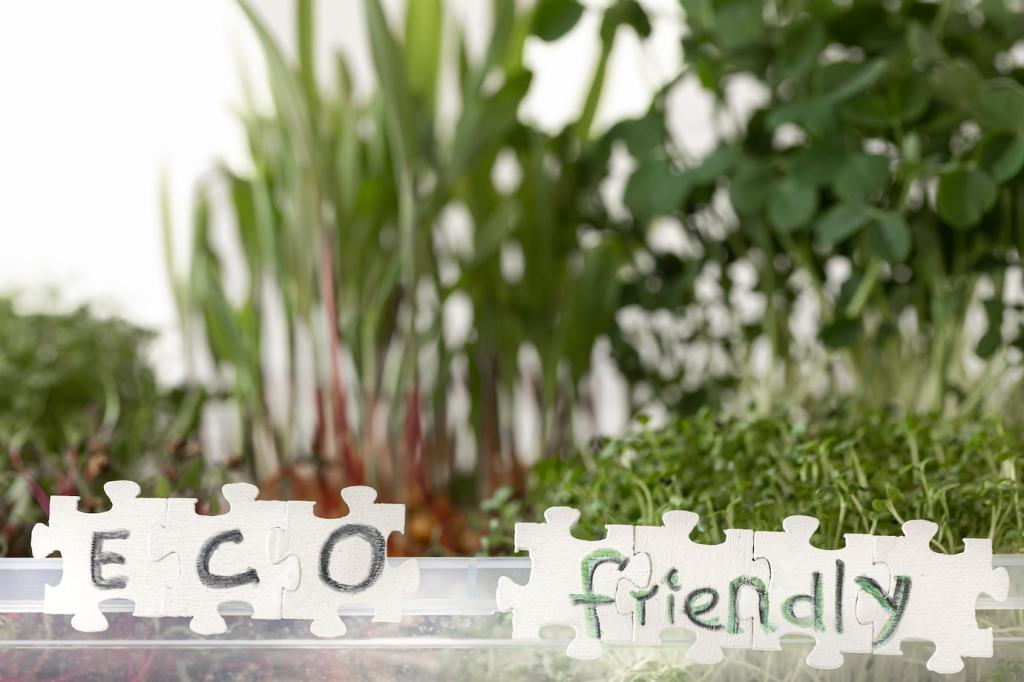Key Ingredients and Mordants for Tough, Lasting Color
Walnut hulls yield rich browns with natural antifungal tannins, while strong tea and coffee add warm undertones that seep into pores. These tannin-heavy brews reduce blotchiness and provide a robust base that pairs beautifully with hard-wearing oils for longer-lasting color integrity.
Key Ingredients and Mordants for Tough, Lasting Color
Vinegar and steel wool create iron acetate, which reacts with wood tannins to ebonize oak and other species. It’s not a protective coat, but the reaction saturates fibers with color that resists sanding wear. Neutralize excess iron, and avoid direct contact with bare steel fasteners later.
Key Ingredients and Mordants for Tough, Lasting Color
Mordants like alum or iron help fix natural dyes to wood by forming stable complexes within the fiber. Better fixation reduces fading and migration, enhancing perceived durability. Always test concentrations, since too much iron may darken or embrittle surfaces. Share your proven ratios and results.
Key Ingredients and Mordants for Tough, Lasting Color
Lorem ipsum dolor sit amet, consectetur adipiscing elit. Ut elit tellus, luctus nec ullamcorper mattis, pulvinar dapibus leo.






